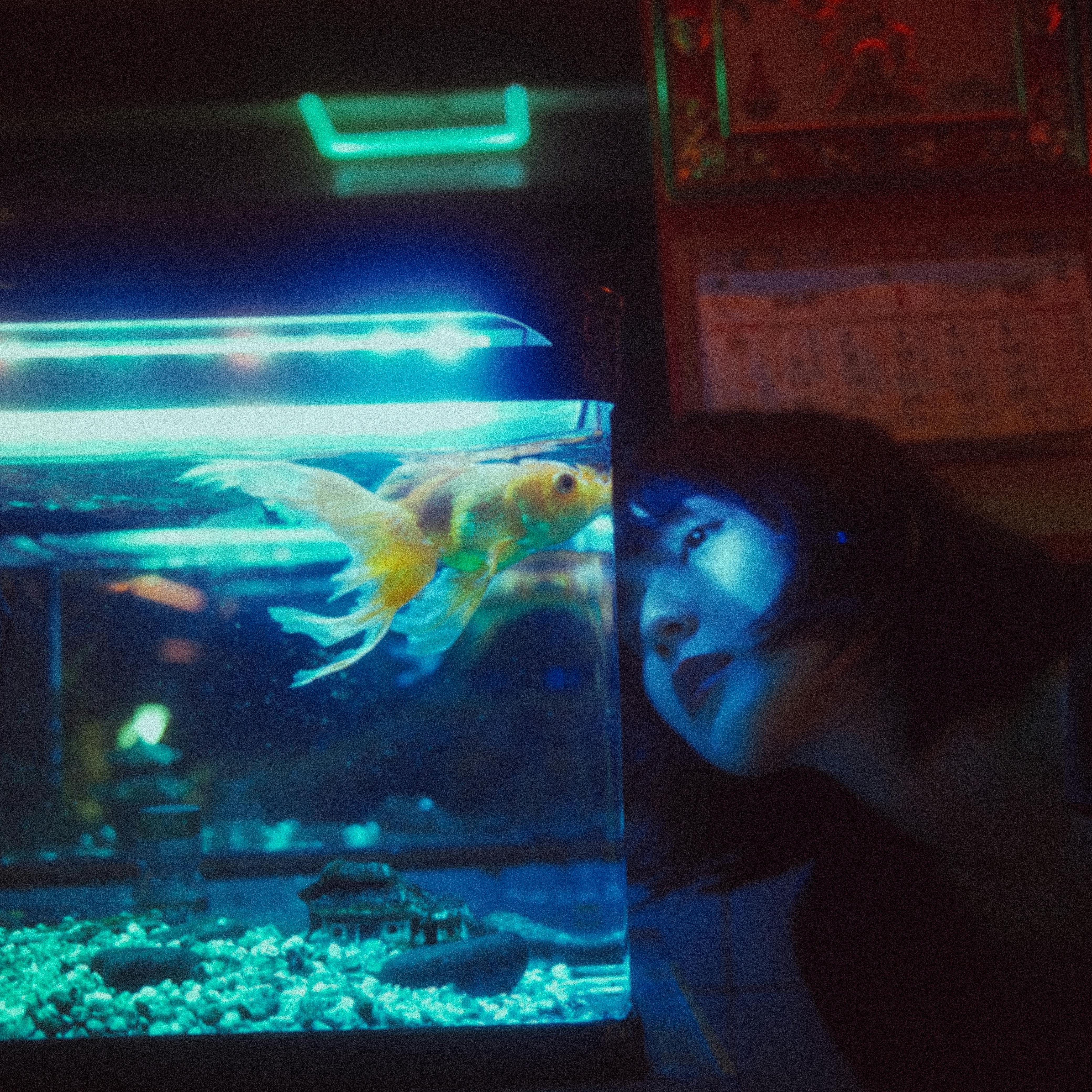Illuminating the Enigmatic World of Glow-in-the-Dark Aquarium Fish
The mesmerizing allure of bioluminescent creatures has long captivated our imagination. Now, this natural wonder has found its way into our homes through the fascinating realm of glow-in-the-dark aquarium fish. These luminous aquatic marvels are transforming the way we experience home aquariums, blending science, art, and nature in a truly spectacular display.

The Science of Aquatic Bioluminescence
Bioluminescence, the natural ability of organisms to produce light, has fascinated scientists for centuries. In the aquatic world, this phenomenon is particularly prevalent, with various species of fish, jellyfish, and microorganisms capable of producing their own light. This natural process involves a chemical reaction between a light-emitting molecule called luciferin and an enzyme called luciferase, resulting in the emission of visible light.
While some marine creatures naturally possess this ability, the glow-in-the-dark aquarium fish we see in pet stores are often the result of human intervention. Scientists have found ways to transfer bioluminescent genes from naturally glowing organisms into popular aquarium fish species, creating fish that emit a soft, ethereal glow in dark environments.
The Creation of Glow-in-the-Dark Fish
The journey to create glow-in-the-dark fish began in the late 1990s when researchers first successfully introduced a green fluorescent protein (GFP) gene from jellyfish into zebrafish embryos. This groundbreaking work paved the way for the development of what are now known as GloFish, the first genetically modified animals to be sold as pets.
Since then, scientists have expanded their palette, creating fish that glow in various colors by using genes from different bioluminescent organisms. Red fluorescent protein from sea anemones and orange fluorescent protein from coral have been successfully integrated into fish genomes, resulting in a rainbow of glowing options for aquarium enthusiasts.
Popular Species and Their Luminous Variations
Several popular aquarium fish species have been transformed into glow-in-the-dark variants. Zebrafish, tetras, and danios are among the most common, with each species offering its own unique charm when illuminated. These fish typically appear normal under regular lighting conditions but reveal their luminous qualities under blue or blacklight.
Glow-in-the-dark bettas, with their flowing fins and vibrant colors, have become particularly sought after. These fish combine the graceful beauty of traditional bettas with the added allure of bioluminescence, creating a truly captivating spectacle in home aquariums.
Setting Up a Glow-in-the-Dark Aquarium
Creating a luminous aquatic display requires more than just acquiring glow-in-the-dark fish. Proper lighting is crucial to showcase these fish at their best. Many enthusiasts use specialized LED lights or blacklights to enhance the fish’s glow while maintaining a comfortable environment for the inhabitants.
Aquascaping takes on a new dimension with glow-in-the-dark fish. Fluorescent decorations, such as artificial corals and plants, can be incorporated to create an immersive, otherworldly environment. Some aquarists even use UV-reactive substrates to complete the glowing ecosystem.
The Market Impact and Pricing
The introduction of glow-in-the-dark fish has had a significant impact on the aquarium industry. These luminous creatures have opened up new market segments, attracting both experienced aquarists and newcomers fascinated by the novelty. Prices for glow-in-the-dark fish can vary widely, typically ranging from $5 to $20 per fish, depending on the species and rarity.
The market has also seen a surge in related products, including specialized tanks, lighting systems, and decorations designed specifically for glow-in-the-dark aquariums. This has created new opportunities for manufacturers and retailers in the pet industry, with some estimates suggesting that the glow-in-the-dark fish market could be worth hundreds of millions of dollars globally.
Ethical Considerations and Conservation Impacts
While glow-in-the-dark fish have gained popularity, they have also sparked debates about the ethics of genetic modification in pets. Critics argue that altering fish genomes for aesthetic purposes raises animal welfare concerns and could potentially impact wild populations if these modified fish were to be released into natural habitats.
Proponents, however, point out that these fish may actually benefit conservation efforts by reducing the demand for wild-caught specimens. They argue that the fascination with glow-in-the-dark fish could inspire a new generation of aquarium enthusiasts, potentially leading to increased awareness and support for marine conservation initiatives.
The Future of Luminous Aquatics
As technology advances, we can expect to see further innovations in the world of glow-in-the-dark aquarium fish. Research is ongoing to develop new colors and patterns, as well as to improve the health and longevity of these modified species. Some scientists are even exploring the possibility of creating fish that can change colors or patterns on demand, opening up exciting new possibilities for interactive aquarium displays.
The glow-in-the-dark aquarium fish phenomenon represents a fascinating intersection of science, art, and nature. As this trend continues to evolve, it will undoubtedly spark further discussions about the role of genetic modification in our pets and our responsibility as stewards of the natural world. Whether viewed as a marvel of scientific progress or a controversial form of animal alteration, these luminous creatures have undeniably cast a new light on the world of aquarium keeping.





